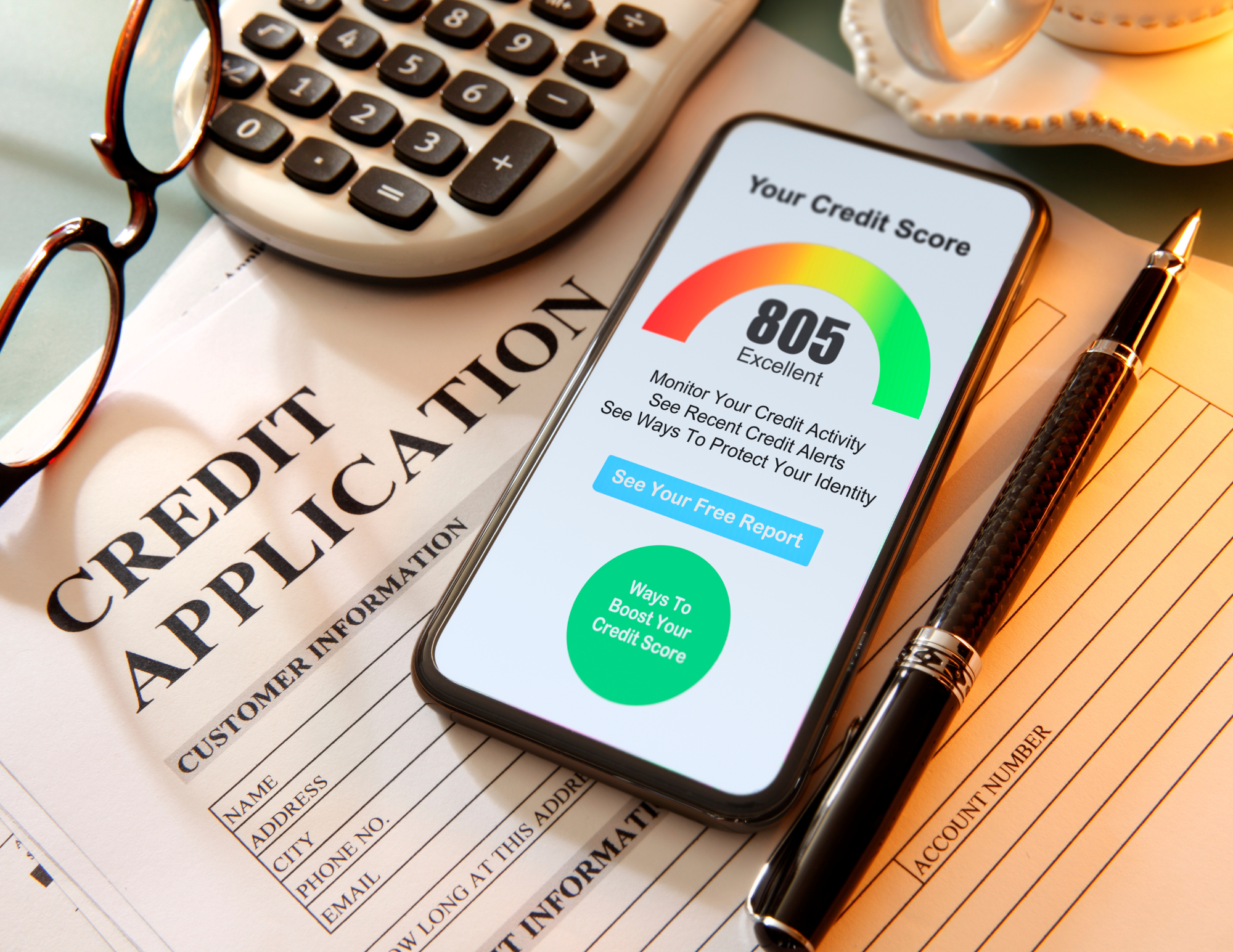Bayport Blog
How to get on top of your credit score
Published: July 11, 2022
Categories: Credit Health
Tags: Credit Score/Rating

A credit health report is one of the most useful financial documents available to you. Here is how to work with it to improve your credit score, which is an important component of financial health.
Let’s start with some background. According to TransUnion, one of South Africa’s largest credit bureaus, credit providers use your credit score to measure how much of a risk you would be as a client.
Credit bureaus calculate your credit score based on how you pay your bills, how much debt you have and, importantly, how you compare to other credit-active consumers in the country. Your credit score therefore does not stand alone – it shows your credit health in relation to that of other South Africans.
TransUnion also points out that your credit score is not praise or criticism of you or your credit behaviour, and it is not the only thing that determines if you qualify for credit or not. This depends on how the credit provider looks at your risk.
What your credit score does, however, is to give credit providers a quick and easy overview of your general credit behaviour. A high score means you are a responsible credit user, while a low score suggests that giving you a loan could be a big risk.
How to work with your credit report to improve your credit score
There are five sections of information on your credit report that have a direct impact on your credit score.
Account payment history: this shows how you manage your accounts and whether you do or do not pay the entire instalment amount every month, on time.
What to do: look at your credit report. You will see which accounts you have not been paying as you should. If you are struggling to make the payments, ask the credit provider(s) for help. You could also consider debt consolidation.
Debt usage: this shows how much you owe and how much of your available credit you’re using.
What to do: do your best to not use more than 35% of the credit you have available. For example, if you have a credit card or a store account with a limit of R1 000, keep the amount you owe at under R350.
Negative information: this is the publicly available information in your credit record, such as judgements or administration orders issued by a court, which shows that you were unable to meet all your debt obligations.
What to do: Check your credit report for all negative information, and find out what you need to do for this information to be removed from your credit report. Bayport Money Solutions can help you with this process.
Length of credit history: this is how long each of your accounts has been open.
What to do: maintain a healthy mix of credit (eg, store accounts, credit cards, a home loan and service contracts such as cell phone accounts) to establish a strong credit history. Remember, however, that having too many accounts open at the same time, is not a good idea.
Account application and enquiry activity: this is how many account applications you submitted and how many new accounts you opened in a short period of time.
What to do: don’t apply for many different loans at the same time, unless you really have a problem. This includes applying for a top-up loan from an existing credit provider. A top-up loan is seen as a new contract and therefore your credit provider will contact the credit bureau to get your latest credit score. Too many applications could indicate that there has been a significant change in your financial circumstances, which is a red flag for credit providers.
Finally, check your credit report – and your credit score – regularly. Look for anything that does not seem right and contact the credit bureau to correct any mistakes. This could keep you safe from identity theft, while helping you to keep your credit health in tip-top shape.
For more information visit:Information Centre Go back